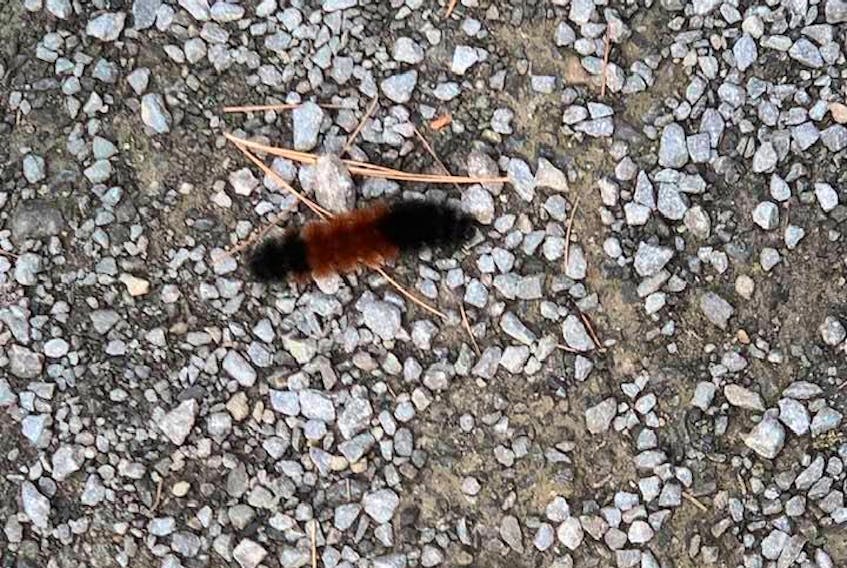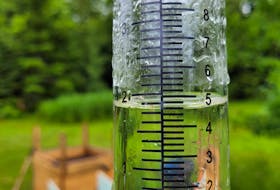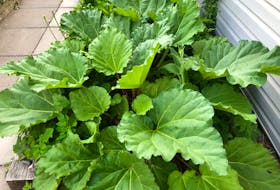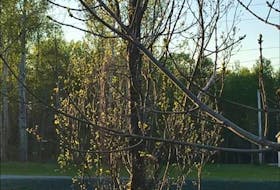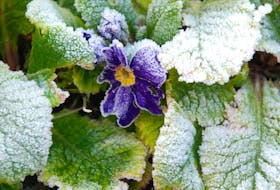Weather lore has been around for a very long time; you’ll find fine examples scattered throughout the calendar.
When it comes to getting signals from nature, fall is the most prolific season.
I’m not sure why that is, but I suspect it might have something to do with the fact that as temperatures begin to drop, many of us get curious about the upcoming winter.
Last September, Karen Jensen sent in this photo of a woolly bear caterpillar and wanted to know if my long-term forecasts agreed with the fuzzy little fella.
Then, early this month, Keith Kingbury was surprised to see this caterpillar out of hibernation in Middle Musquodoboit, N.S.
According to folklore, the amount of black on the woolly bear varies proportionately with the severity of the coming winter in the area where the caterpillar is found. The longer the woolly bear's black bands, the longer, colder, snowier, and more severe the winter will be. Similarly, the wider the middle brown band is the milder the upcoming winter should be.

Many of you probably already knew that, but did you know that the position of the longest dark bands supposedly indicates which part of winter will be coldest or hardest? If the head end of the caterpillar is dark, the beginning of winter will be severe; if the tail end is dark, the end of winter will be cold.
Grandma also believed that a woolly bear caterpillar's coat pointed to the upcoming winter's severity: a very woolly was a sign of a cold winter ahead.
This last bit of information is interesting too: the woolly bear caterpillar has 13 segments to its body, which traditional forecasters say correspond to the 13 weeks of winter.
I don’t like to debunk something so cute and fun, but it appears the length of the stripes on the caterpillar has less to do with the winter ahead and more to do with the spring that just passed. If spring was cool and wet, the caterpillar got a late start and would have fewer brown hairs. So, the band does tell you something about the weather. The only thing is, it’s telling you about last spring’s weather.
Did you know:
Another name for this caterpillar is the hedgehog caterpillar because it curls into a tight bristly ball and "plays dead" when picked up or disturbed.
- Want more weather information? Visit your weather page.
- Have a weather question, photo or drawing to share with Cindy Day? Email [email protected]
Cindy Day is the chief meteorologist for SaltWire Network

